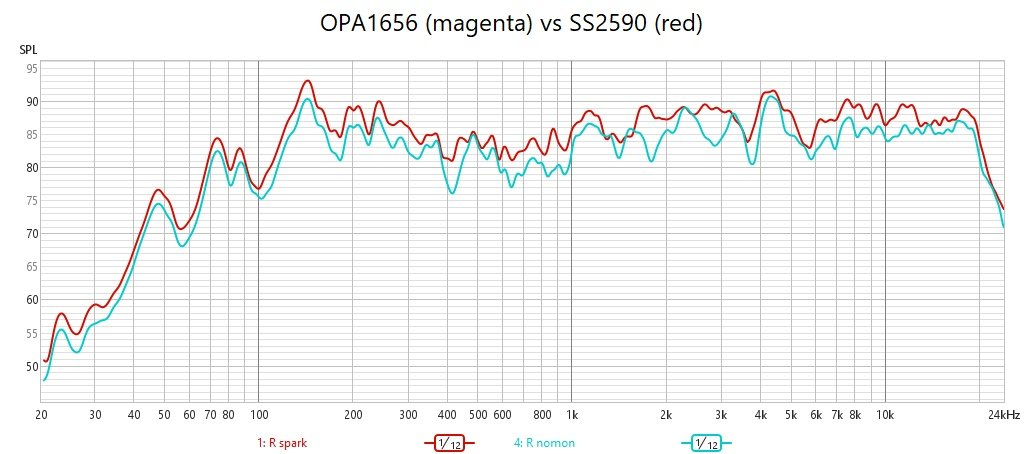leeperry
Galvanically isolated his brain
- Joined
- Apr 23, 2004
- Posts
- 13,922
- Likes
- 2,144
but the OPA2727 cannot work on 12V, can it? it's 12V max swing, so that's ±6V

and can I try the LT1229 on my soundcard? or is it like a VERY bad idea?
the upper spectrum is rather dark on the 1358, but it doesn't sound like grind paper being applied into your inner ear at least

maybe a tad more trebles would be good, I got so many more LT samples pending anyway

I will use OPA211 on adapters, is there any point that I try the OPA2211A as well?

and can I try the LT1229 on my soundcard? or is it like a VERY bad idea?
the upper spectrum is rather dark on the 1358, but it doesn't sound like grind paper being applied into your inner ear at least

maybe a tad more trebles would be good, I got so many more LT samples pending anyway

I will use OPA211 on adapters, is there any point that I try the OPA2211A as well?





















